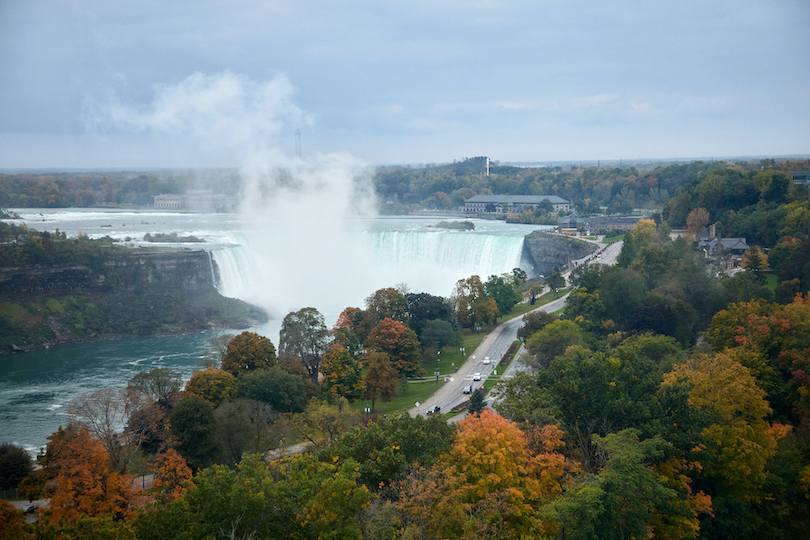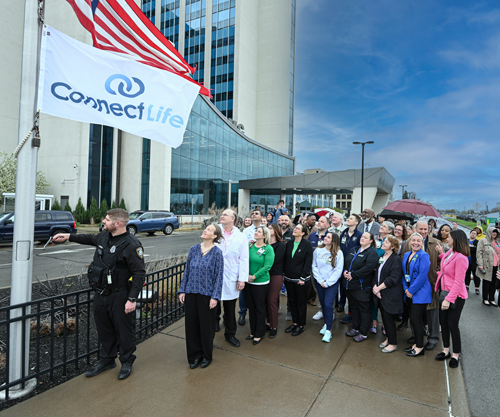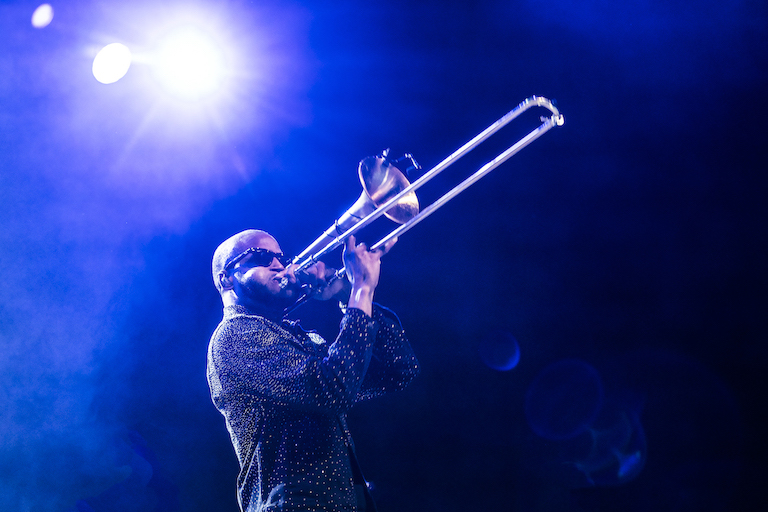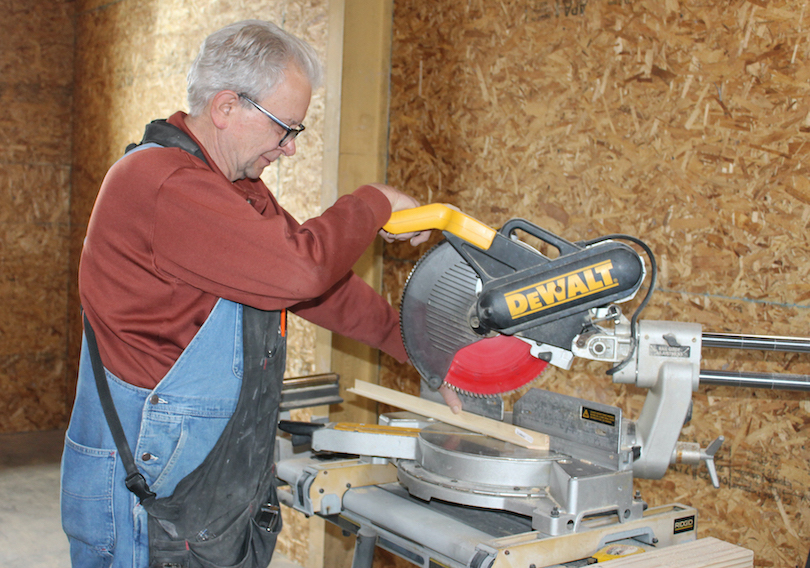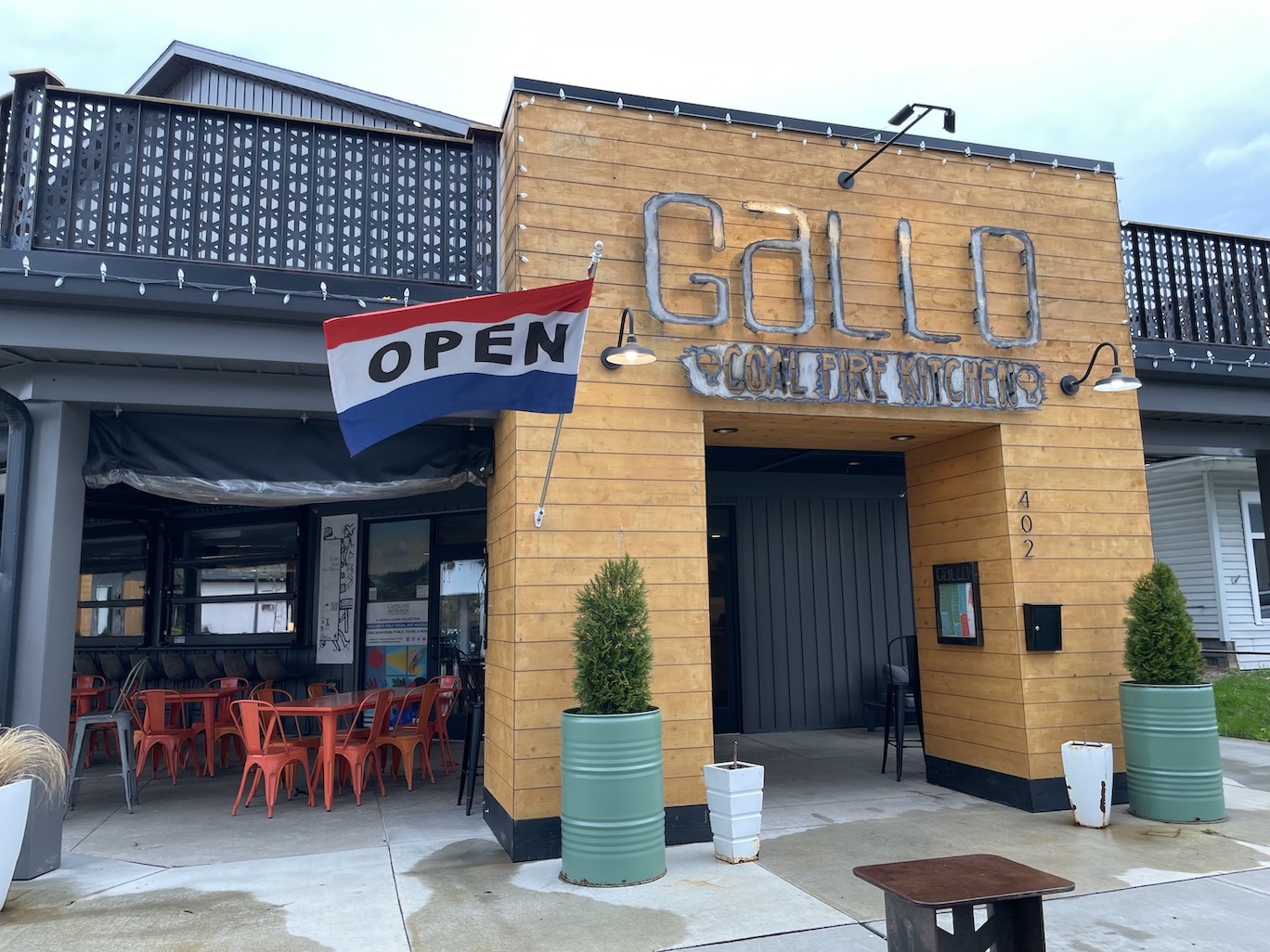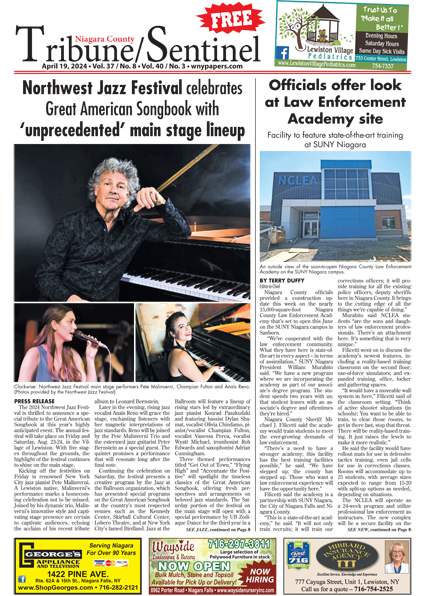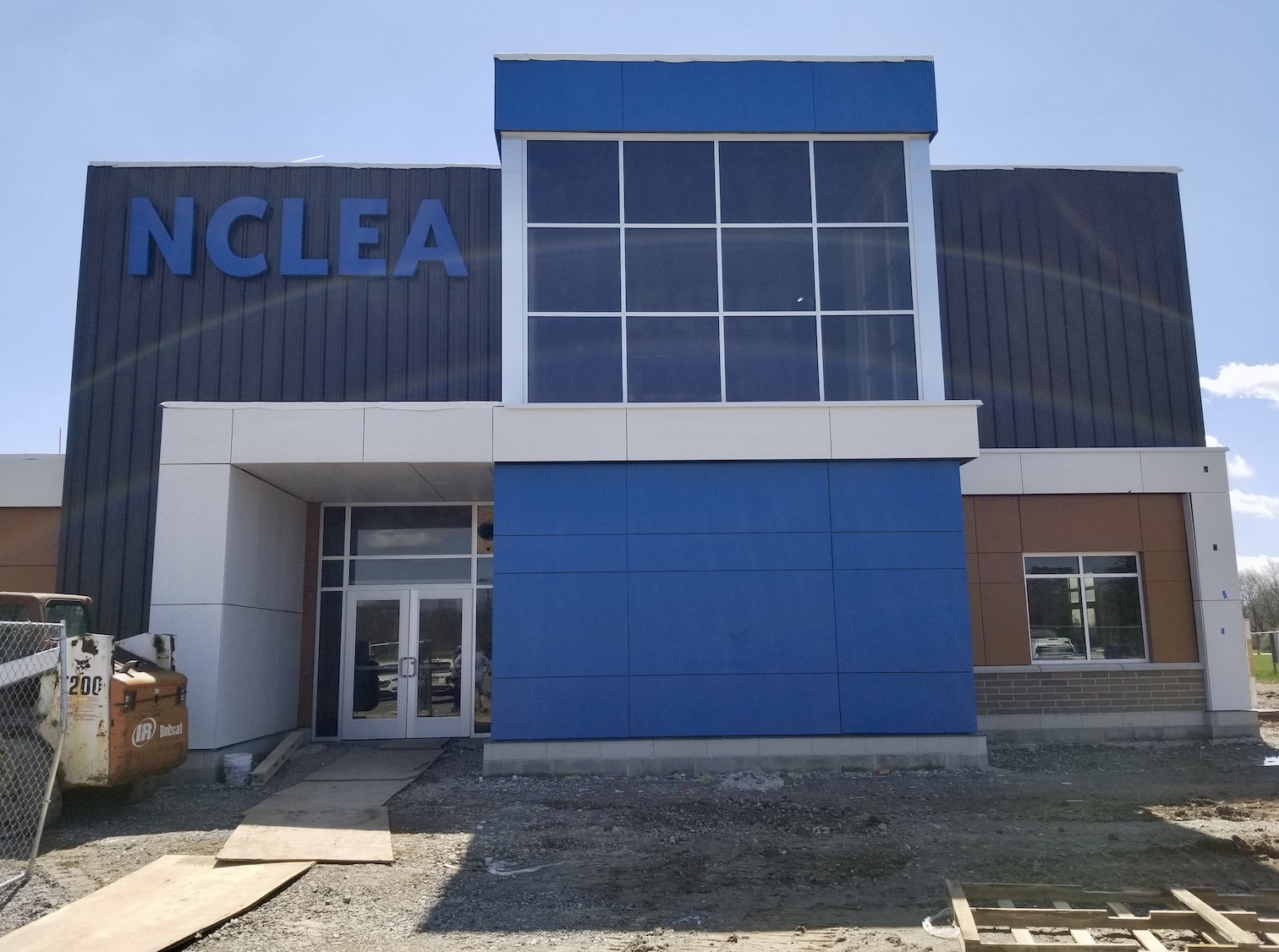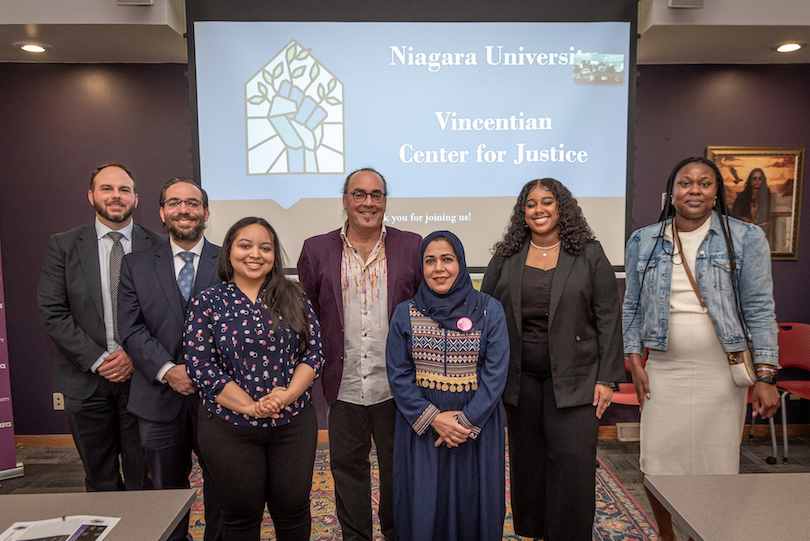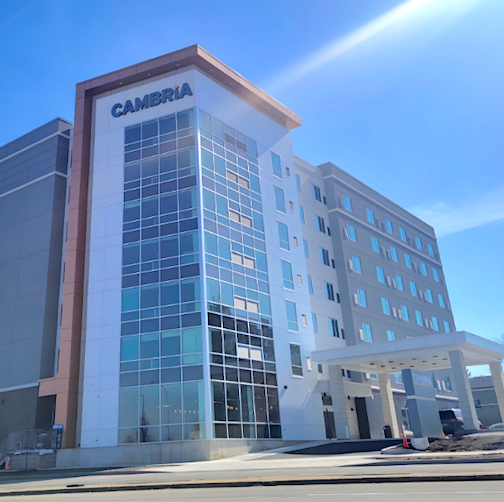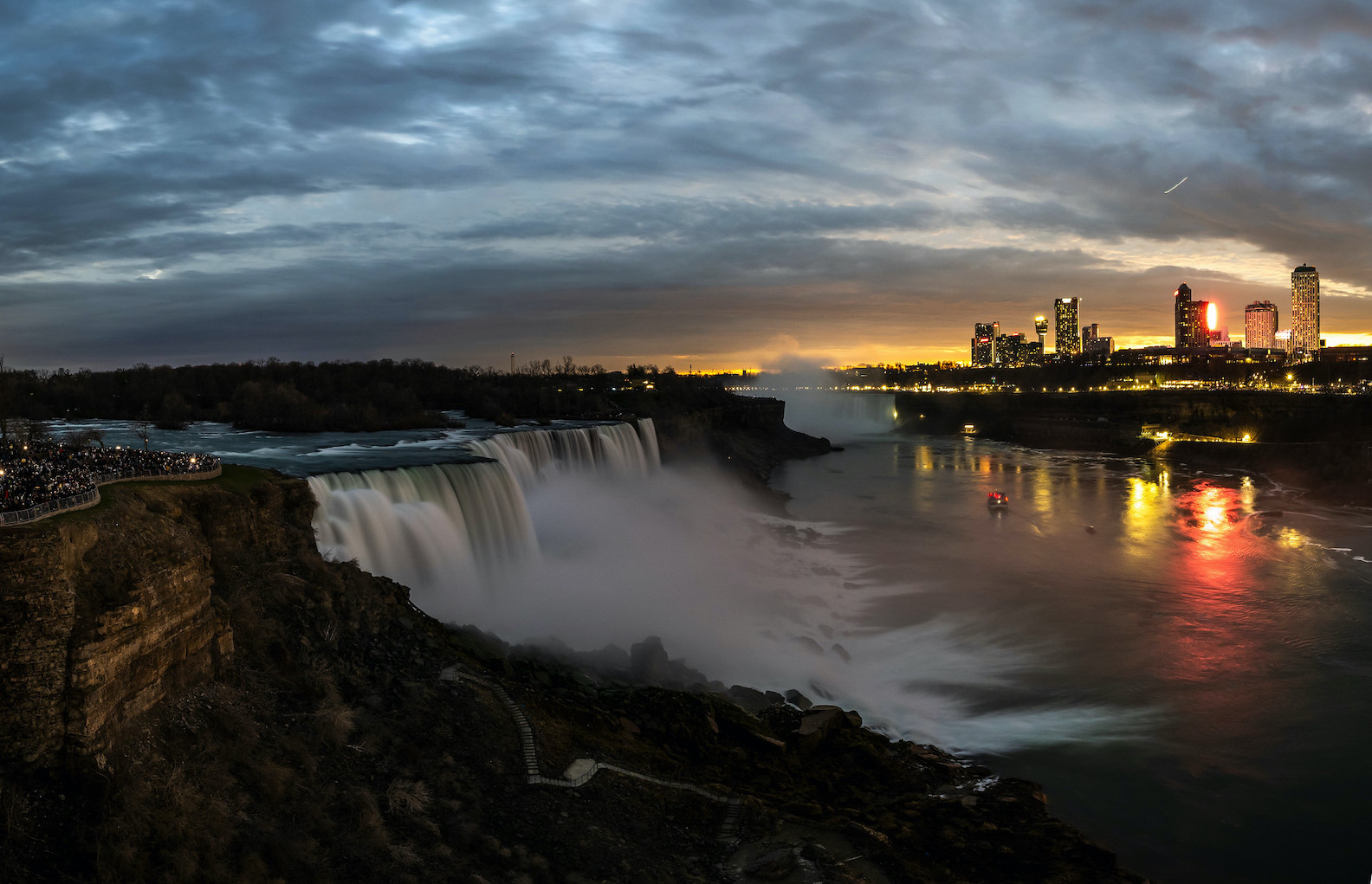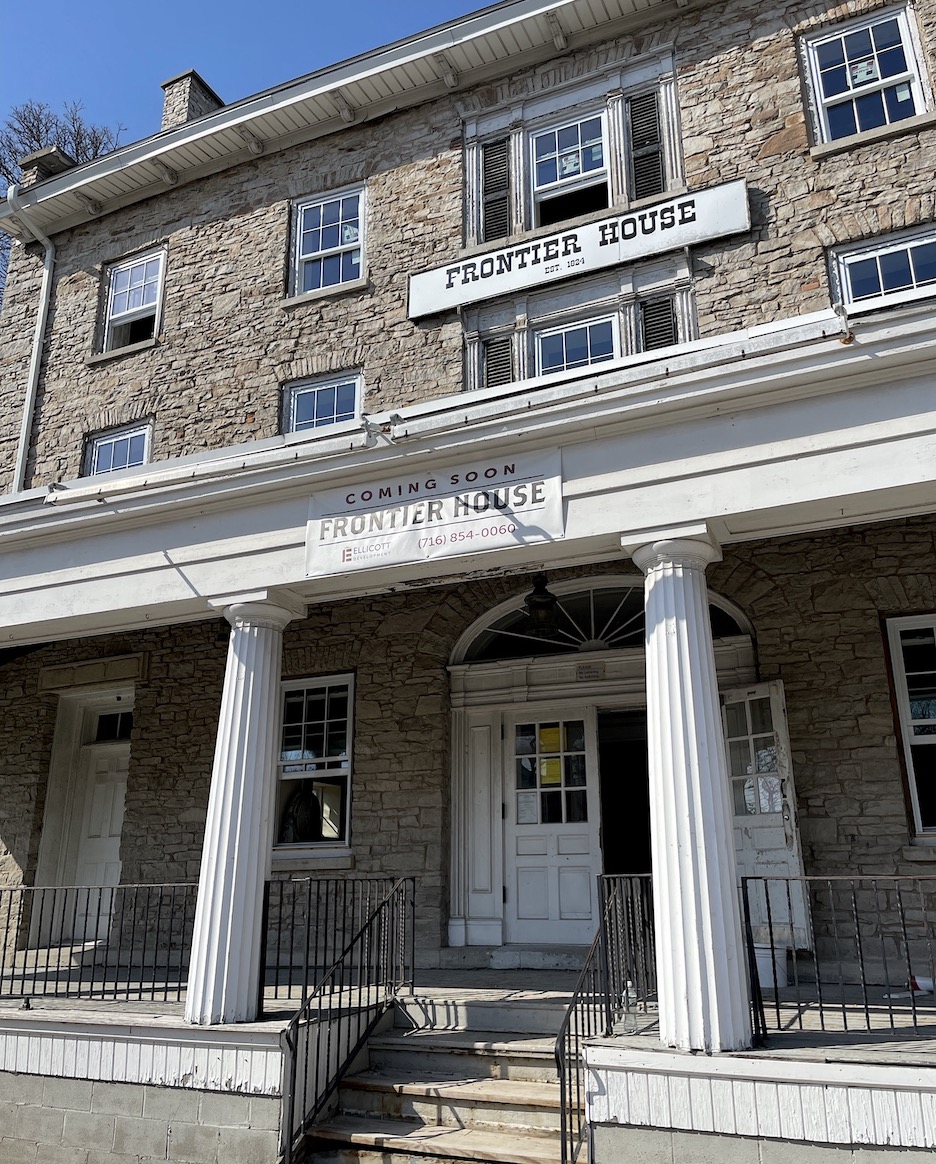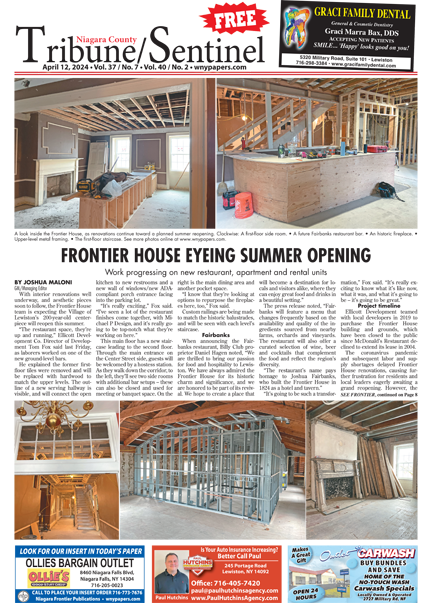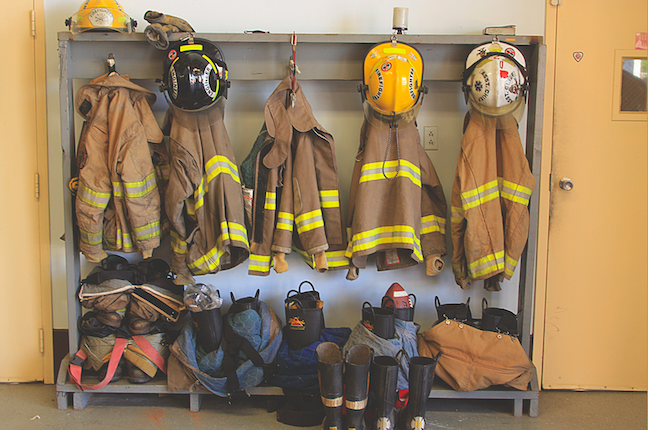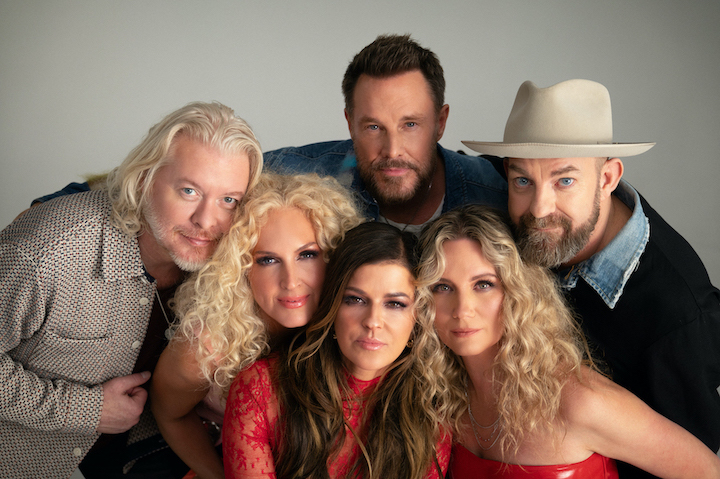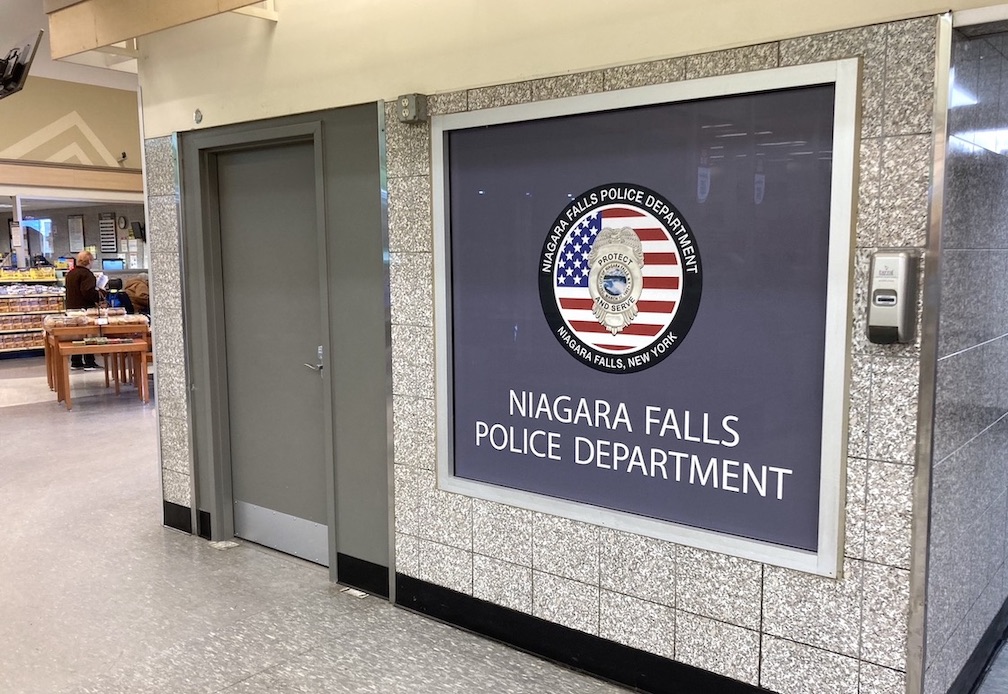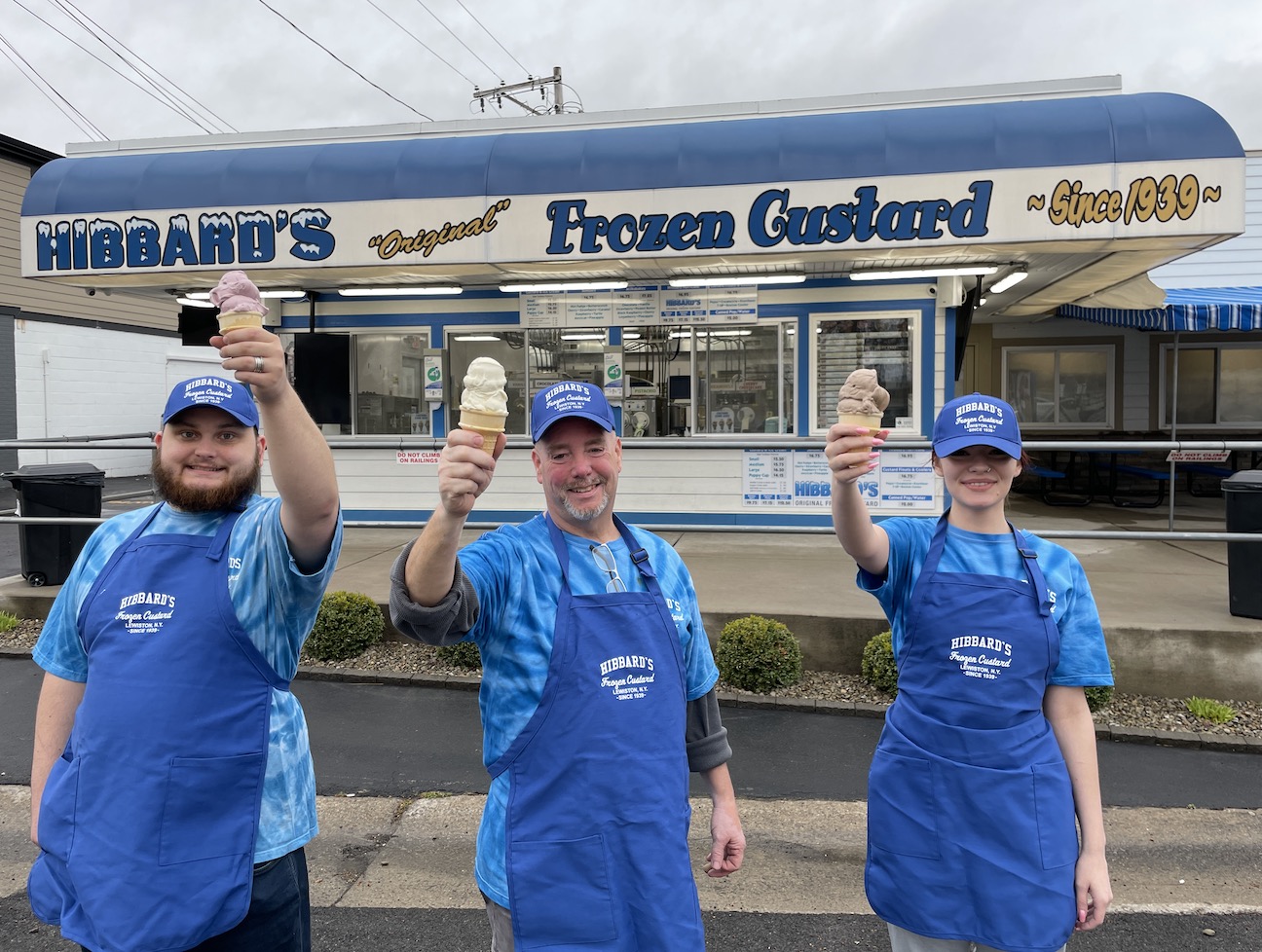Featured News - Current News - Archived News - News Categories
American Medical Response (AMR) of Western New York announced 2019 was a record-best year for cardiac arrest survival statistics, according to the national cardiac arrest registry to enhance survival (CARES) program. Last year, AMR had its highest number of survivors from cardiac arrest, highest rate of survivors with favorable neurologic outcome, and, for the first time, reported survival rates above the national average of agencies to report to the CARES program.
A cardiac arrest is when a patient’s heart stops beating. When this occurs outside of the hospital, first responders must quickly try to bring the patient back to life. Last year, AMR of Western New York, along with its first responder partners, attempted to resuscitate 627 cardiac arrest patients, of which 57 (9.1%) were later discharged from the hospital with favorable neurologic outcomes. Favorable neurologic function means they are able to conduct their own activities of daily life. Among all agencies throughout the county that contributed data to CARES, that number was 8.5% last year.
“Because of your hard work and dedication more than once a week last year, patients who had been dead, got a second chance at a new tomorrow,” said Dr. Brian Clemency, AMR medical director and University at Buffalo associate professor of emergency medicine. “We now face a new challenge – the COVID pandemic has created new hurdles that our health care systems could have only imagined just a year ago. Saving lives is not simply an abstract concept, it is what all front line responders have done and will continue to do.”
“We could not be prouder of the lives those numbers represent,” said Tim Frost, regional director of AMR in Western New York. “The CARES program is evidence that minutes matter. We have seen a drop in 911 calls with the onset of COVID-19 and, as these statistics show, when someone is in cardiac arrest, time is of the essence to start medical intervention. If someone is in distress, do not wait to call.”
AMR of Western New York entered the CARES program in 2017, and last year contributed nearly half of all CARES cases that originate in New York state. AMR automatically uploads data from all cases of out of hospital cardiac arrest. The CARES system then works with local hospitals to find out if the patient ultimately survived and was discharged alive from the hospital.
AMR’s central base in Buffalo features a wall with plaques bearing the names of the first responders involved in the care for patients who suffered a cardiac arrest, were successfully resuscitated and then discharged from the hospital with favorable neurologic functions. This wall is called the “Tomorrow Wall. At least 20 other AMR operations throughout the country have created their own “Tomorrow Wall” modeled after the one in Buffalo. These walls are a celebration of cardiac arrest survival and the first responders who make it possible.
The patients with the highest chances for survival from cardiac arrest are the ones where the cardiac arrest was witnessed by a bystander, are found in a shockable rhythm and received bystander CPR. AMR had a 41.9% survival rate from these types of patients last year, more than 4.5% above the national average of 37.3% for agencies that report to CARES.
“We are grateful to AMR for their continued focus on treating cardiac arrest patients in our community,” said Kenneth Snyder, M.D., Ph.D., vice president of physician quality at Kaleida Health and assistant professor of neurosurgery, radiology and neurology at the University at Buffalo. “These are lives saved every day in Western New York through the coordinated delivery of emergency medicine best practices, initiated by that 911 call. Hospitals can provide better care for patients when knowledgeable first responders are trained and equipped to effectively intervene as soon as possible.”
AMR of Western New York’s cardiac arrest program utilizes many recognized best practices including focusing on high-quality chest compressions, robust case review (which includes data from the cardiac monitors), a team-based approach to care and a coordinated effort to resuscitate patients on scene. In recent years, many other agencies have embraced a similar approach using AMR as their model.
About American Medical Response (AMR)
American Medical Response Inc., America’s leading provider of medical transportation, provides services in 40 states and the District of Columbia. More than 28,000 AMR paramedics, EMTs, RNs and other professionals work together to transport more than 4.8 million patients nationwide each year in critical, emergency and non-emergency situations. AMR also provides fire services through Rural Metro Fire Department, www.ruralmetrofire.com, and managed transportation services through Access2Care, www.access2care.net. AMR is a subsidiary of Global Medical Response, www.GlobalMedicalResponse.com. For more information about AMR, visit www.amr.net or follow American Medical Response on Facebook, @AMR_Social on Twitter and Instagram.

